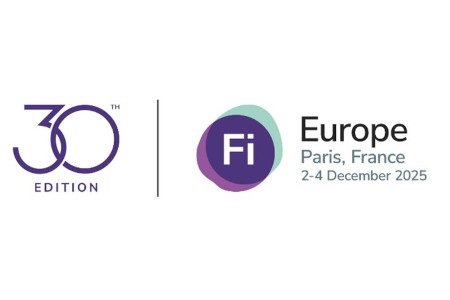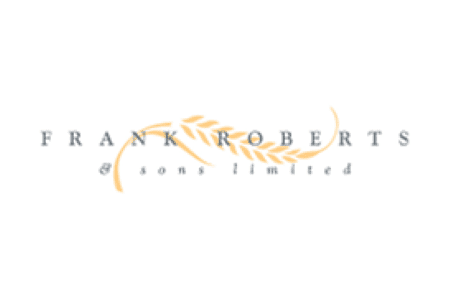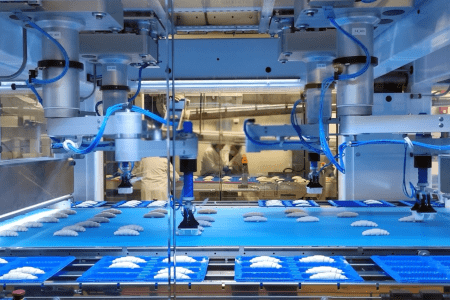The Global Food Colours Market is Segmented by Type (Natural Colours and Artificial Colours), by Applications (Meat Products, Beverages, Dairy, Bakery & Confectionery, Processed Food & Vegetables, Oils & Fats, and Others): Global Opportunity Analysis and Industry Forecast, 2020–2027. It is published in Valuates Reports under the Food Service Category.
The food colours market size was valued at USD 2.1 Billion in 2019 and is estimated to reach USD 3.5 Billion by 2027, registering a CAGR of 12.4% from 2020 to 2027.
Major factors driving the market growth:
The food colours market is expected to be driven by increased consumer awareness of clean-label products and the additional health benefits of certain natural food colours.
Furthermore, food colours market growth is influenced by large quantities of food colours used in the production of soft drinks.
TRENDS INFLUENCING THE GROWTH OF FOOD COLOURS MARKET
A rising consumer shift towards clean label products and ingredients is expected to create lucrative growth opportunities in the food colour market. Consumers are moving away from chemical ingredients and toward all-natural, chemical-free products. This shift is owing to consumer awareness of the various health risks associated with chemical ingredients as opposed to plant-based ingredients. Various food and beverage manufacturers have incorporated the manufacturing of clean label ingredients and the use of clean label ingredients in final food products as a result of this massive consumer shift. This method of food production ensures that the supply chain and production practices are both transparent.
Increased consumption of processed food products and beverages to fuel the demand for the food colours market. The demand for food colours will be fueled by an increase in the consumption of processed foods and beverages. Consumption of processed and packaged foods has increased as a result of the growing number of working professionals and modernization. The increased use of various food colours has resulted from the increased consumption of processed food products such as ready-to-eat snacks, soft drinks, convenience food products, processed dairy products, and others.
Furthermore, during the forecast period, the rising disposable incomes and changing lifestyles as a result of rapid urbanization are likely to have a positive impact on the food colour market. In the coming years, continued product innovation, consumer preference for high-quality products, and the solidification of government regulations are expected to drive growth.
FOOD COLOURS MARKET SHARE
Based on type, the Natural Colour segment is expected to be the most lucrative. Natural food colour demand is on the rise, thanks to a shift in consumer preferences and awareness of the health benefits associated with natural colours.
Based on application, the meat products segment is expected to be the most lucrative. This is attributed to the increase in the consumption of meat products.
Based on region, North America currently dominates the market and is expected to grow at a CAGR of 11.7 percent over the forecast period, owing to rising urbanization, changing consumer tastes and preferences, and increased demand for food and beverages.
Key Players:
- AromataGroup SRL (Fiorio Colori SPA),
- Givaudan (Naturex S.A.),
- Kalsec, Inc.,
- Archer Daniels Midland Company,
- Chr. Hansen A/S, D.D. Williamson & Co. Inc. (DDW),
- Dohler Group,
- International Flavours & Fragrances,
- Koninklijke DSM N.V.,
- Sensient Technologies Corporation
Read more of the latest industry developments in our new edition: January/February 2022 Single Issue form – International Bakery (in-bakery.com)
Media contact
Roshini Bains
Editor, International Bakery
Tel: +44 (0) 1622 823 922
Email: editor@in-bakery.com






